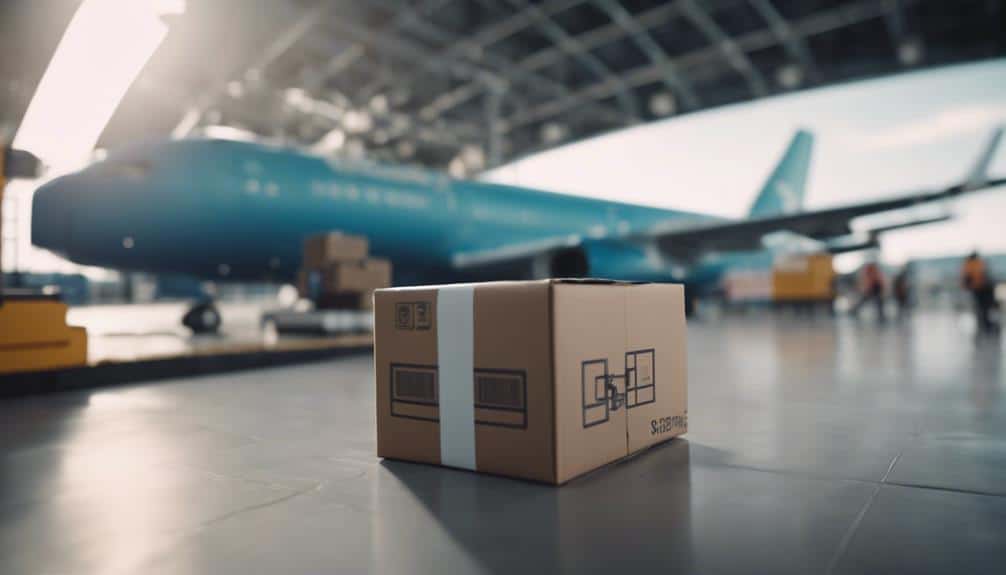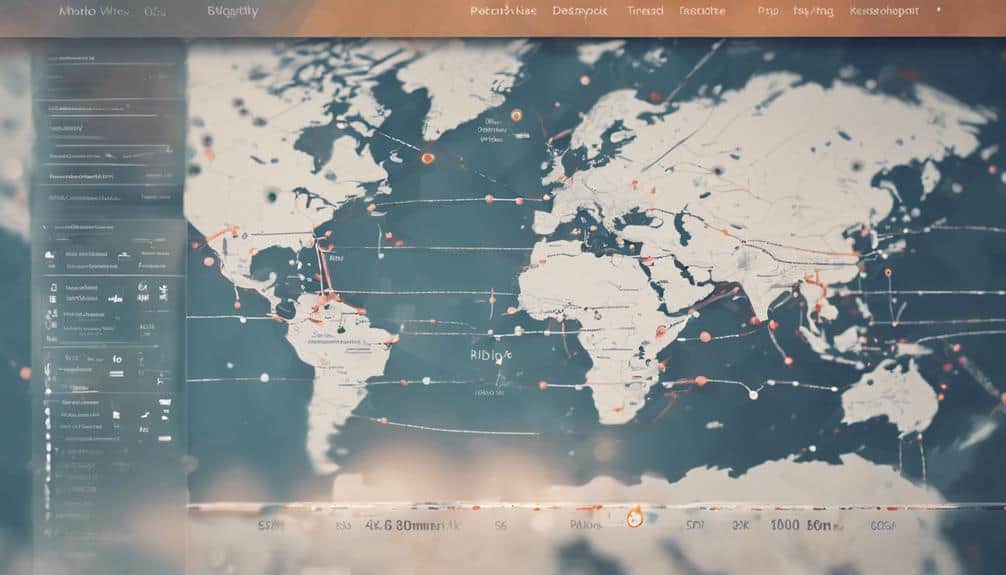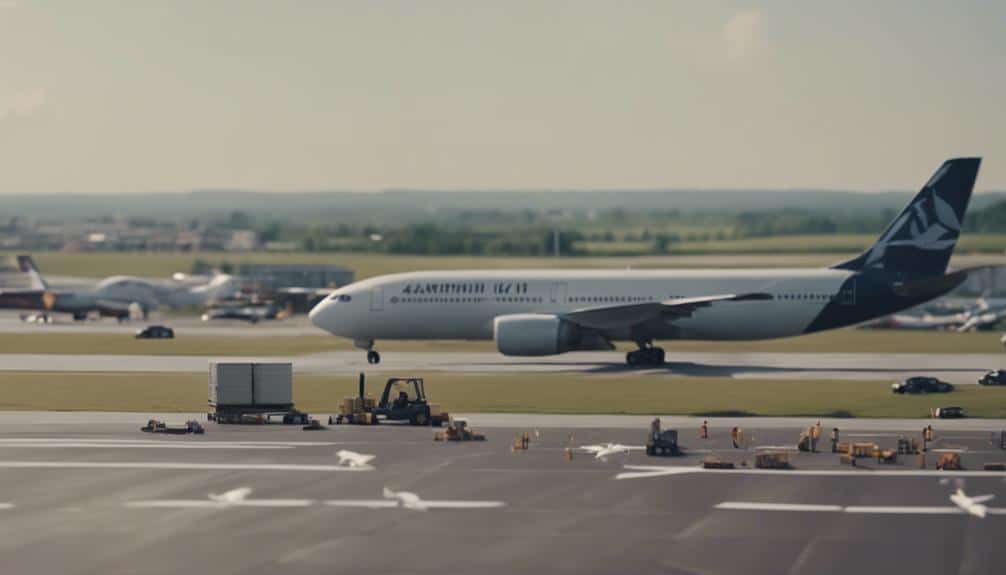Understanding the departure status of a package is essential for monitoring its journey beyond borders, aiding in accurate tracking and delivery time estimation. Departure marks the package's shift from the origin country, setting the foundation for its movement. Estimated delivery timelines often range from 2 to 5 weeks post-departure, influenced by factors like customs clearance and flight availability. Delays can stem from weather disruptions, flight cancellations, and customs processes, highlighting the importance of managing expectations. Familiarity with customs regulations and diligent tracking enhance visibility, ensuring smooth passage through clearance and proactive issue anticipation.
Key Takeaways
- Departure status marks the package leaving the origin airport.
- It is crucial for accurate tracking and estimating delivery timelines.
- Estimated delivery ranges from 2 to 5 weeks post-departure.
- Transit delays can occur due to weather, flight cancellations, and customs clearance.
Importance of Departure Status

The departure status of a package serves as a pivotal milestone in the international shipping process, marking the commencement of its journey beyond the origin country's borders.
Understanding the departure significance is essential for tracking accuracy and monitoring the progress of shipments. This status indicates that the package has left the origin airport and is en route to its destination, providing a clear starting point for estimating delivery timelines.
Tracking accuracy hinges on this initial update, enabling shippers and recipients to follow the package's movements through international transit.
Understanding Delivery Timelines
Upon departure from the origin airport, the estimated delivery timeline for international packages typically ranges from 2 to 5 weeks, subject to various influencing factors. Delivery expectations should consider transit durations affected by customs clearance, logistics links, and potential delays like flight availability.
Understanding these timelines is vital for managing customer expectations and optimizing logistics operations. Factors such as customs checks, transit connections, and backlogs at hubs can impact delivery timelines appreciably.
It is important to track packages diligently during transit to provide accurate delivery estimates. By analyzing historical data and considering potential delays, businesses can better anticipate arrival times and guarantee efficient handling of international shipments.
Common Causes of Transit Delays

Delays in package transit are often caused by a combination of factors, including weather impacts and flight cancellations.
Unforeseen weather conditions such as storms or heavy snow can lead to disruptions in flight schedules, resulting in delays in package departures and arrivals.
Flight cancellations, whether due to weather or other operational issues, can greatly impact the timely movement of packages between countries.
These delays can cause a ripple effect throughout the logistics chain, affecting the overall delivery timeline.
Understanding and preparing for these common causes of transit delays can help both shippers and recipients manage expectations and navigate potential setbacks in international package shipments.
Navigating Customs Clearance
Maneuvering through the customs clearance process requires an all-encompassing understanding of international shipping regulations and documentation requirements.
Customs regulations govern the entry of goods into a country, guaranteeing compliance with import laws and evaluating duties or taxes on imported items. During customs clearance, packages may undergo inspections to verify contents, gauge value, and guarantee adherence to regulations.
Documentation such as commercial invoices detailing the package contents and value is vital for customs officers to process shipments efficiently. While customs clearance is typically swift, occasional delays may occur due to inspections, discrepancies in documentation, or heightened security measures.
Familiarity with customs procedures and thorough preparation of required paperwork can facilitate smooth passage through this essential stage of international shipping.
Enhancing Tracking Visibility

Regularly monitoring tracking updates provides essential insights into the location and progress of packages during international transit.
Enhanced notifications and real-time updates play an important role in ensuring transparency and efficiency in the shipping process.
By leveraging technology and communication channels, carriers can offer customers up-to-date information on their packages, including departure times, expected arrival dates, and any potential delays.
Real-time updates enable both shippers and recipients to track packages more accurately, anticipate any issues that may arise during transit, and adjust their plans accordingly.
This heightened tracking visibility not only improves customer satisfaction but also helps in proactively managing any unforeseen circumstances that could impact the timely delivery of shipments.
Conclusion
In decoding the departure status of packages, stakeholders gain valuable insight into the journey of international shipments.
By grasping the significance of this milestone, estimating delivery timelines becomes more precise.
Addressing potential transit delays and steering through customs clearance challenges are essential tasks in ensuring smooth shipping operations.
Enhancing tracking visibility allows for proactive management of shipment progress.
Overall, revealing the mysteries of departure status empowers stakeholders to streamline logistics processes with precision and efficiency.

Oliver Postman was born and raised in a small town in the Midwest, where his fascination with postage began at an early age. At just six years old, he stumbled upon a box of old stamps in his grandfather’s attic, igniting a passion that would shape his life.

